7 powerful examples of
brand storytelling

Brand storytelling is one of the most powerful tools that marketers have, as it taps into the eternal human appetite for great stories and new perspectives.
However, when you're focused on meeting deadlines and targets, you can lose track of the essential story behind your content marketing. You might find yourself storytelling without a purpose, repeating narratives that other brands have already used.
You might even find yourself telling stories which directly contradict the rest of your brand identity and don’t fit with your marketing strategy — or your brand's mission.
The best brand storytelling examples inspire customers, donors, investors, and employees alike. A great brand story is also immersive and interactive, drawing readers into the heart of the story. In this guide, we've rounded up some lesser-known but compelling high quality brand storytelling examples that you can draw real-life inspiration from, without needing an eight-figure marketing budget.
We'll cover:
Start creating with Shorthand
It's the fastest way to publish beautifully engaging brand stories, reports, internal comms, and more.
What is brand storytelling?

Brand storytelling is how you show people who you are, what you care about, and why they should pay attention. It connects your audience to your values, your personality, and the ideas that sit behind your work — not through slogans, but through stories that feel human and believable.
Every organisation has a story to tell. A non-profit might focus on how technology helps people in need. An arts institution might explore the role creativity plays in bringing communities together. A business might spotlight the skills and thinking that help clients solve real problems. Different contexts, same goal: make what you do matter to the people you’re speaking to.
More often than not, those stories are told through owned media — the channels you control and build over time. Your website, newsletter, long-form features, and digital publications give you the space to go deeper, experiment, and tell your story on your own terms.
That doesn’t mean other channels don’t matter. Social posts, native ads, and campaigns can help extend your reach. But it’s your owned media that gives everything else a home, with each piece adding another chapter to the same, coherent story.
And, crucially, the story itself has to be worth telling. Whether it’s founders building a sustainable eyewear brand, a skincare company using TikTok to balance education with hype, or a co-founder reflecting on the thinking behind TOMS, strong brand stories draw people in — and give them a reason to stick around.
What makes a great brand narrative?

Best-selling books and blockbuster films tend to be the ones with the most compelling story lines. They appeal to our emotions and tell us something about ourselves and the world we live in. The same is true for good brand storytelling.
So what exactly makes a compelling story? What does powerful brand storytelling look like? Here are six key characteristics of brand storytelling that gets the message across.
1. Immersion
You want to maximise your readers’ attention — so make the story as immersive and engaging as possible. Strong brand narratives create an emotional connection with their audience. They may even use strategies like interactive marketing to put the audience at the heart of the story.
2. Visual and multimedia
With digital storytelling platforms, you can publish text, images, videos, audio and interactive elements within the same piece of content, without writing a line of code. So why would you restrict your brand narrative to a single medium? Some of the most successful brand storytelling is multimedia.
3. A well-structured story
There’s nothing worse than a story that goes nowhere. For people to have an emotional response to the story you’re telling, there needs to be a conflict to resolve, a problem to fix, or a personal narrative to follow.
4. Centred on your audience
A compelling brand narrative should be relevant to your audience’s interests, values, and motivations. In other words, they should be able to see themselves as the main character of the story.
5. Consistency
There’s no point creating a wonderful story that’s at odds with the rest of your brand. Consistency also applies to things like the design, tone of voice and how you distribute a piece of content marketing.
6. Emotion
Marketers are always trying to tap into emotion, because that’s what inspires many people to act. Which story would have more effect on you: a calm, factual explanation of a case study, or an emotional retelling that followed the ups and downs of the real people involved?
In the next section, we’ll look at seven standout examples of brand stories built with Shorthand to help you get started.
Want to get started now? Try Shorthand for free and start building your own immersive brand story.
7 powerful examples of brand storytelling

Manchester City: Georgia Stanway
Manchester City is an English football club with a global profile. The story it wants to tell is one of inclusion: fans and players from all over the world, and a chance for everyone to celebrate wins together.
Its profile on top goalscorer Georgia Stanway, built with Shorthand, is part of a series about key players at the club. But unlike traditional sports reporting, it doesn’t just focus on her latest successes or game statistics. Instead, it’s the story of how an ordinary young girl became a global star.
This is a story with a powerful emotional hook. Many readers will relate to Stanway’s stories about her childhood and her fight to be the best. At the same time, they’ll be taking in Manchester City’s brand narrative of a club that is committed to women’s sport, encouraging young players and improving access for all.
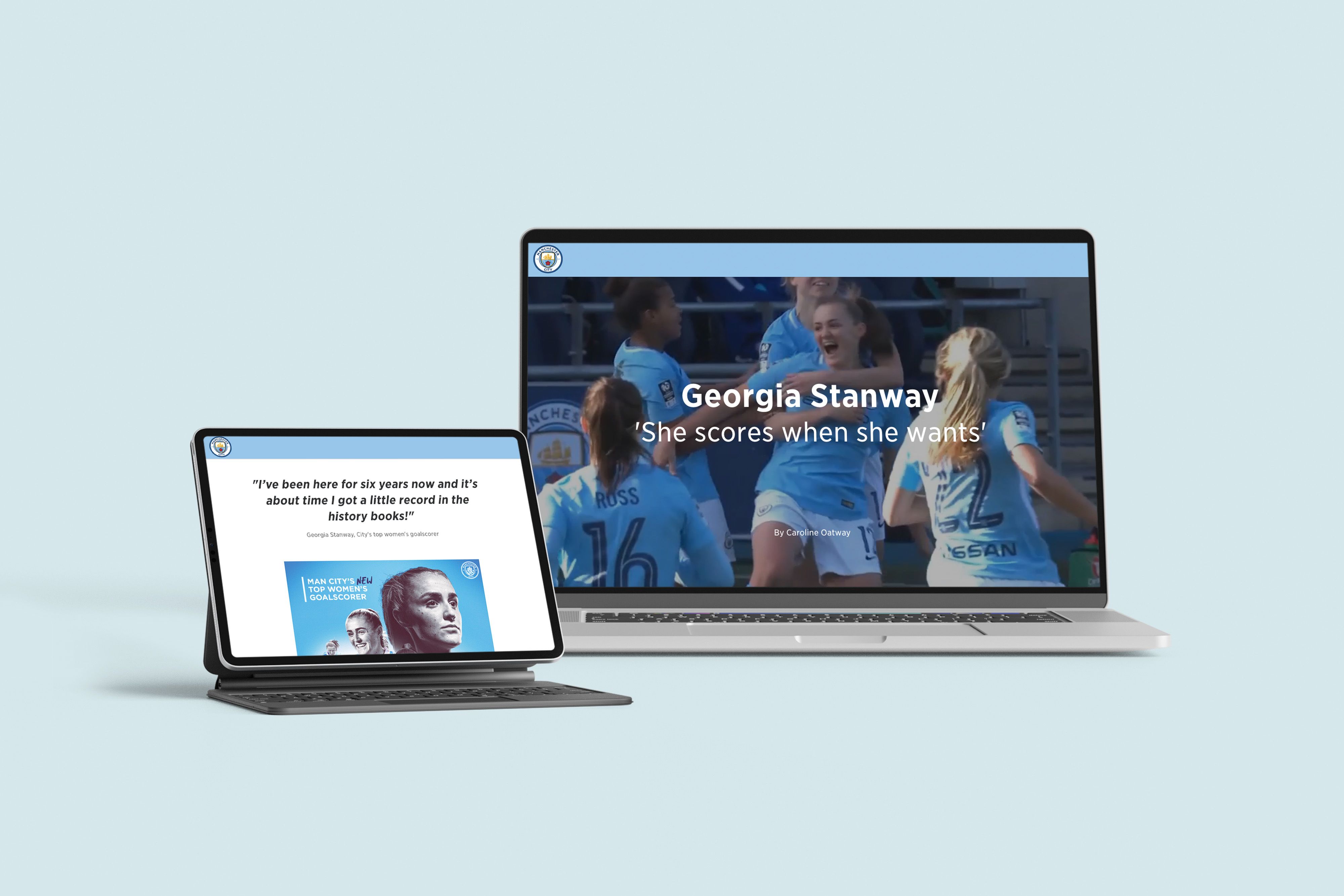
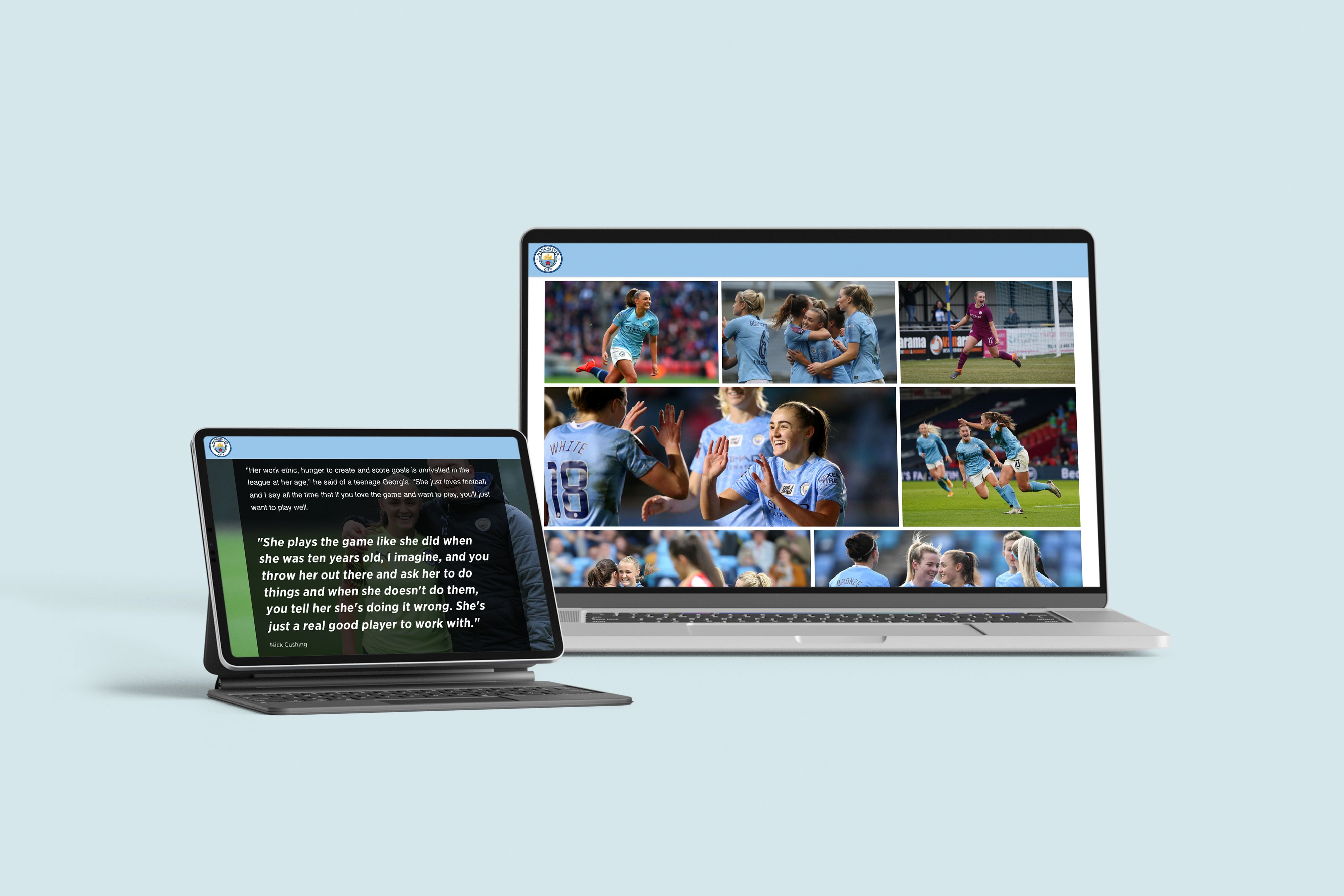
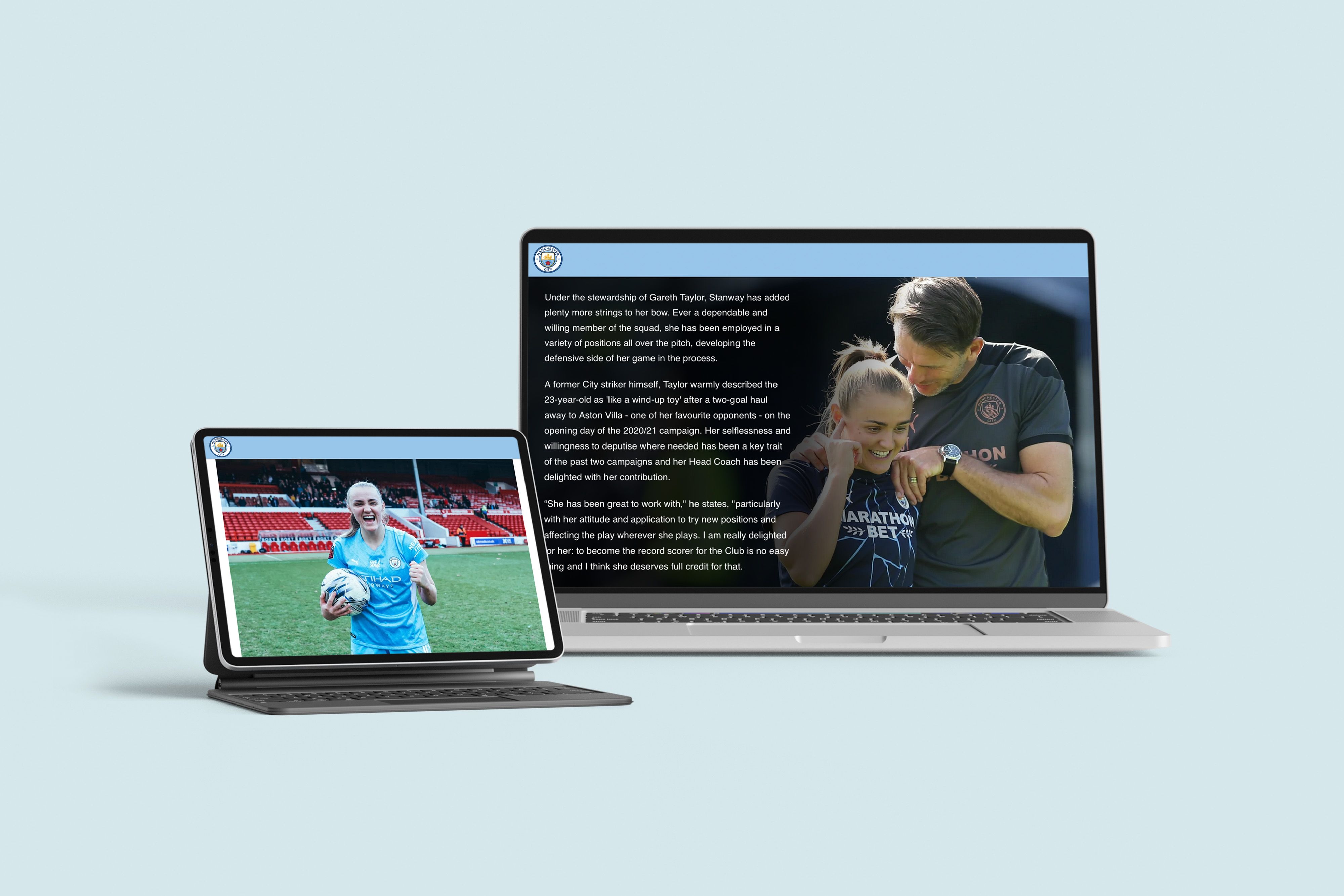
Honda and Monster Energy: The toughest team on earth
This collaboration features two brands that like to tell extreme stories: Honda motorcycles and Monster Energy drinks. Their brand narratives are about being tough and seeking out amazing experiences.
So what better story to tell than the Dakar Rally off-road endurance race, 'the toughest rally on earth'?
This feature uses multimedia and a behind-the-scenes story to make the story as immersive as possible. It’s full of photographs and quotes from engineers, technicians, and racers on the course. With sections such as a day in the life of the race team, the reader is invited to imagine themselves in the driving seat.
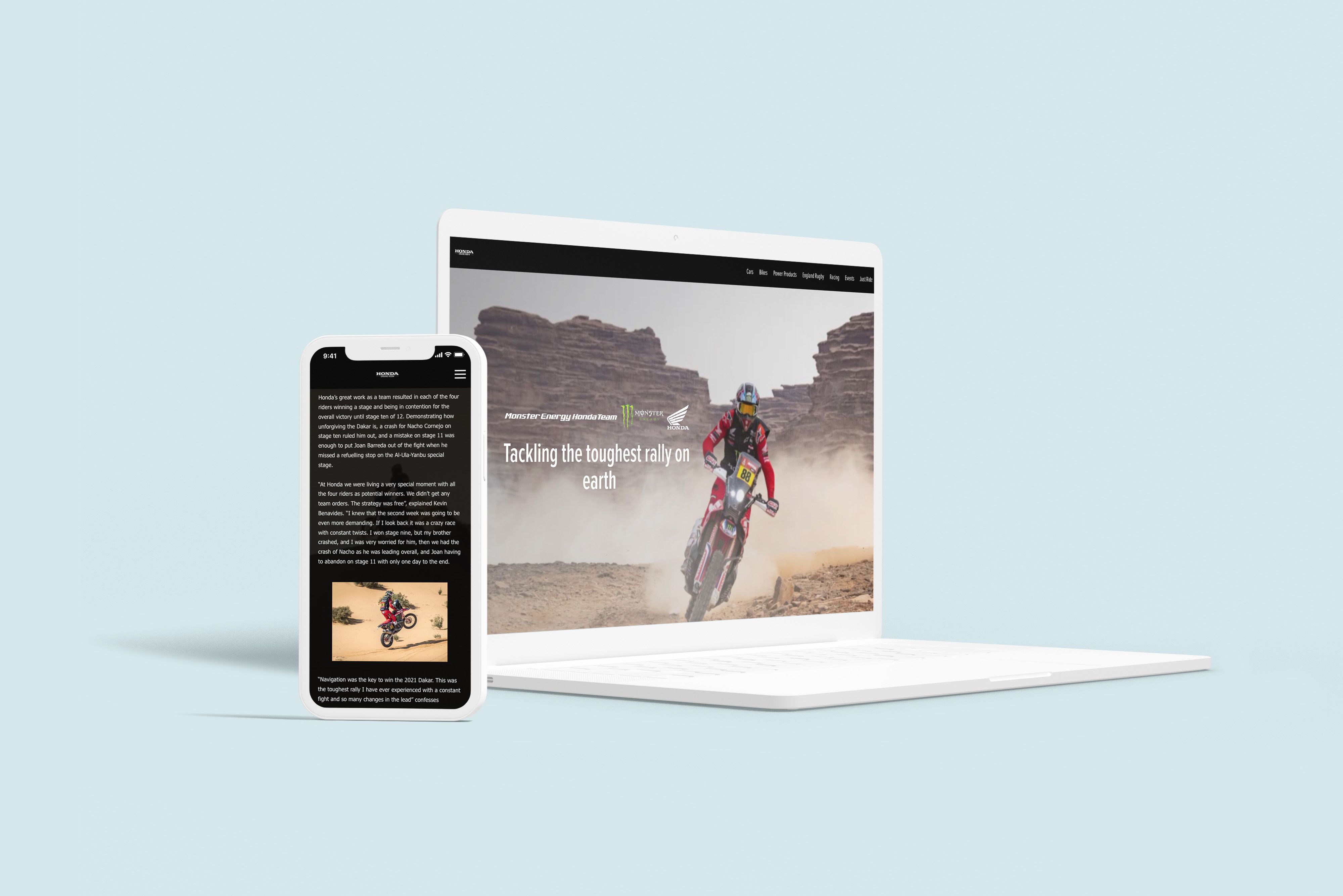
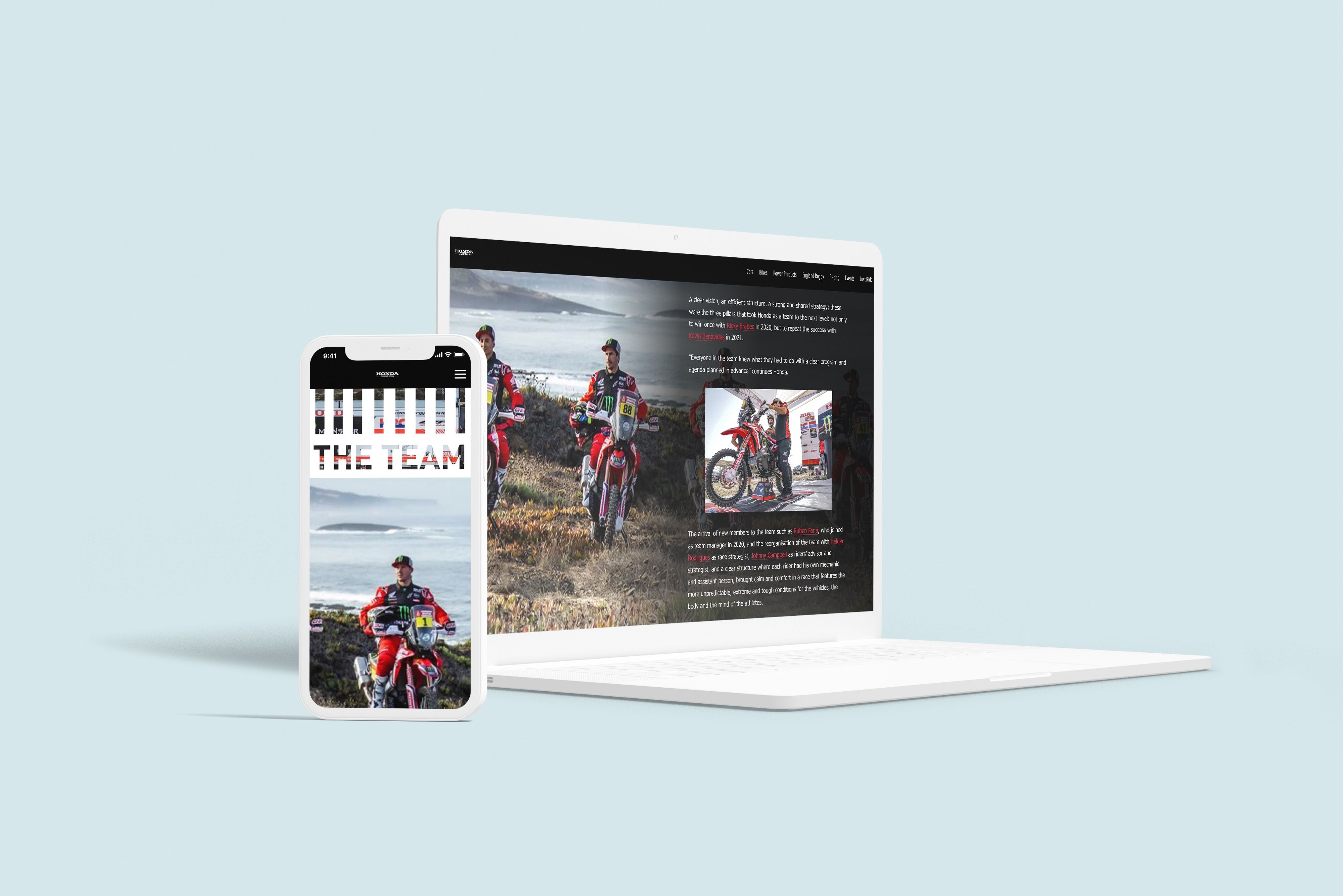
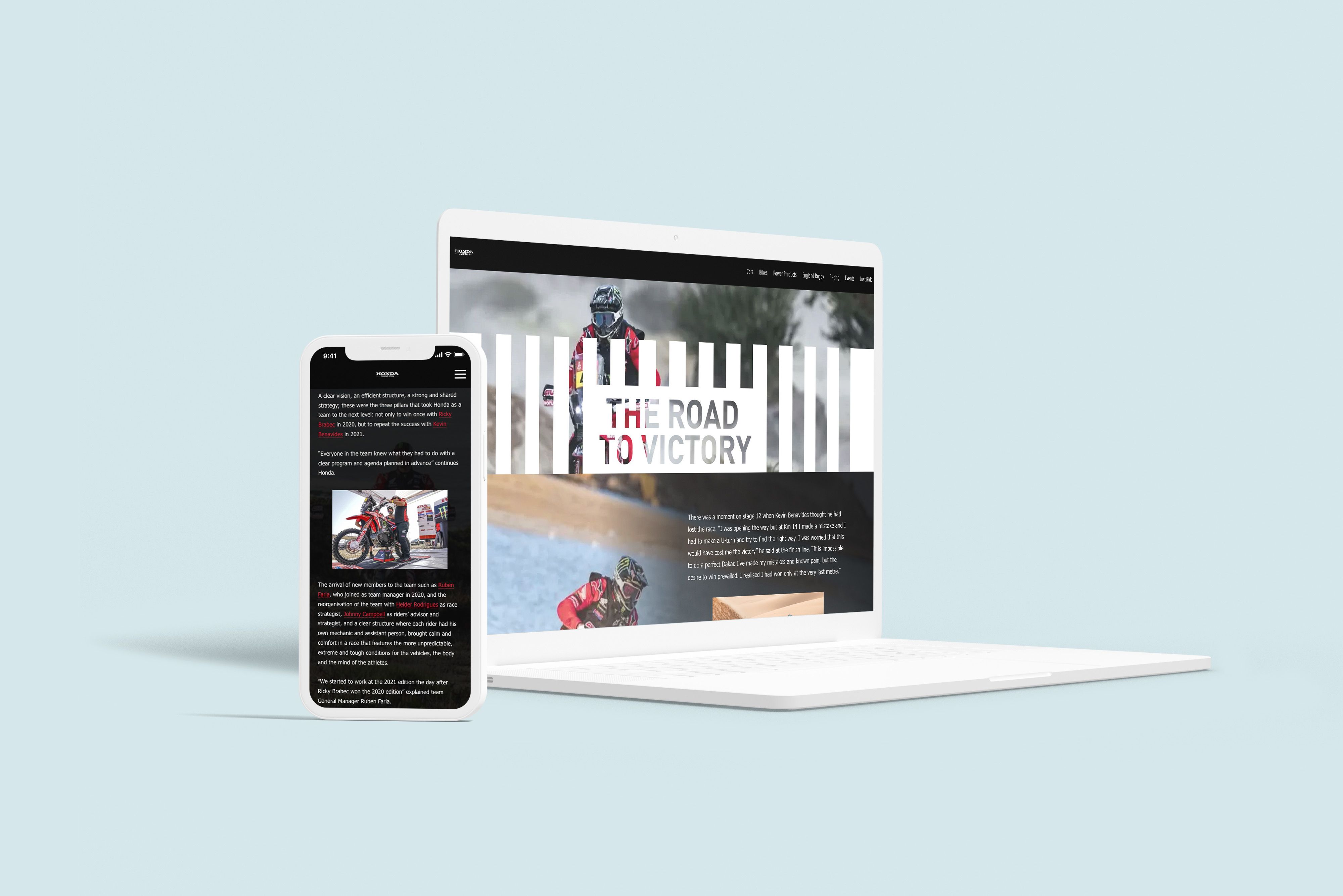
Sydney Opera House: Sydney Opera House at rest
Part of the magic of theatres, concert halls and opera houses is that we never see them empty. When you’re there as part of the audience, the building is always crowded, colourful and brightly lit.
So when Sydney Opera House wanted to tell a story about the survival of the arts during the pandemic, it decided to let readers into an empty theatre. This feature is a dazzling collection of portraits and photographs from the Opera House at rest.
The story has powerful emotional appeal. Firstly, it’s exciting to see such an iconic building from a new perspective. Then there are the feelings of nostalgia and hope conjured up by a story about the long months of lockdown. Finally, the design of the feature itself — enormous, page-filling photographs that fade in and out with scroll-based animation — is gripping and immersive.
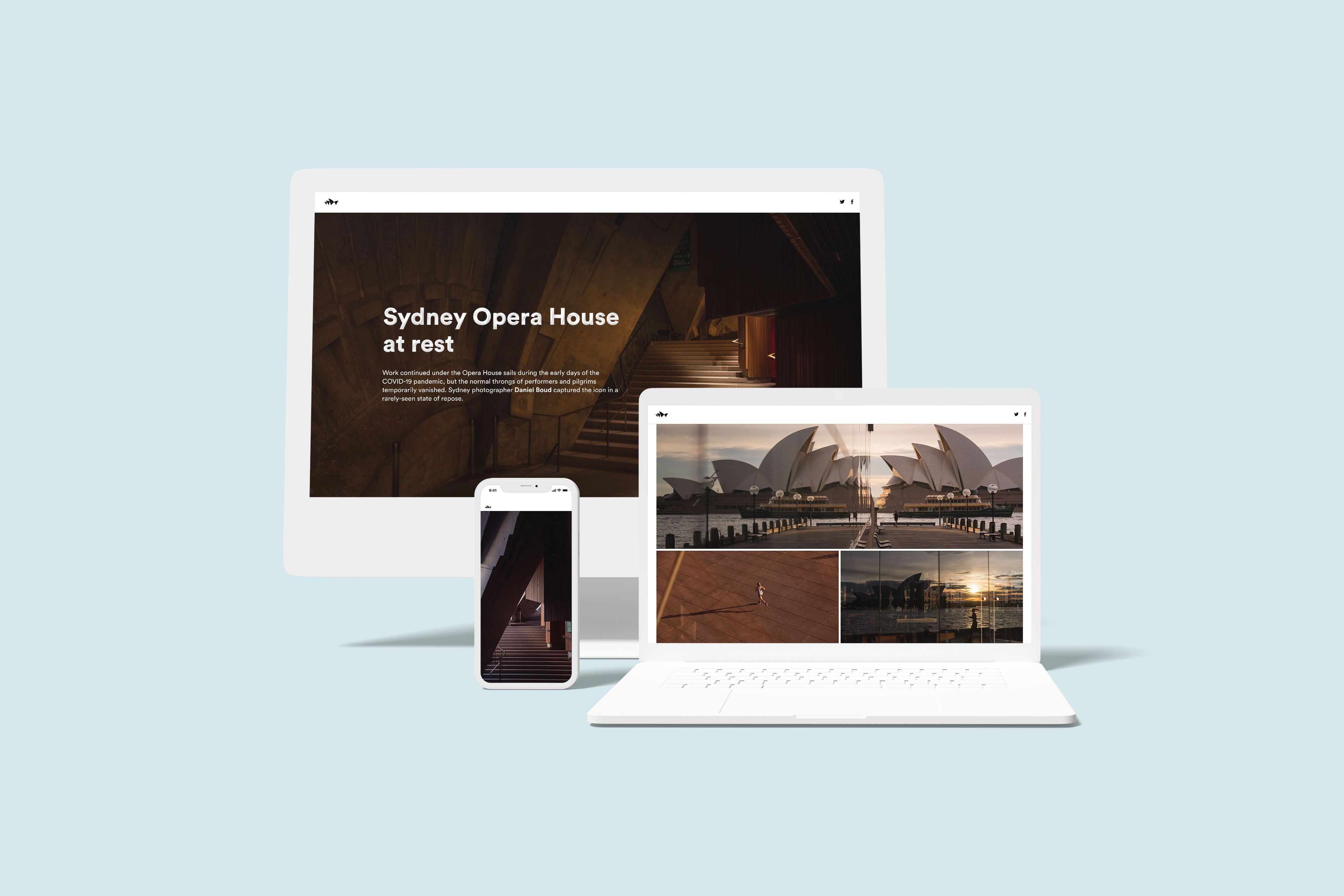
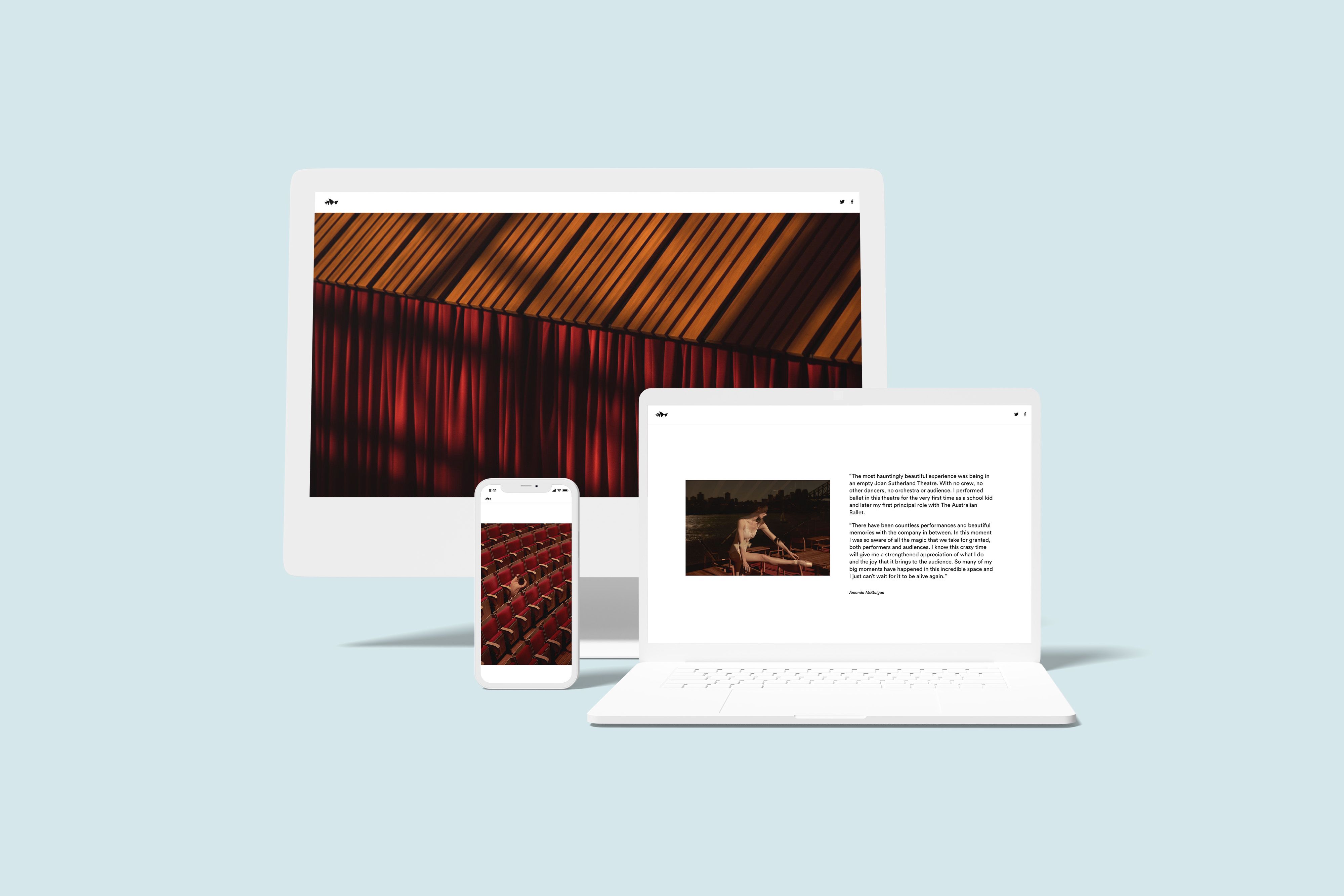
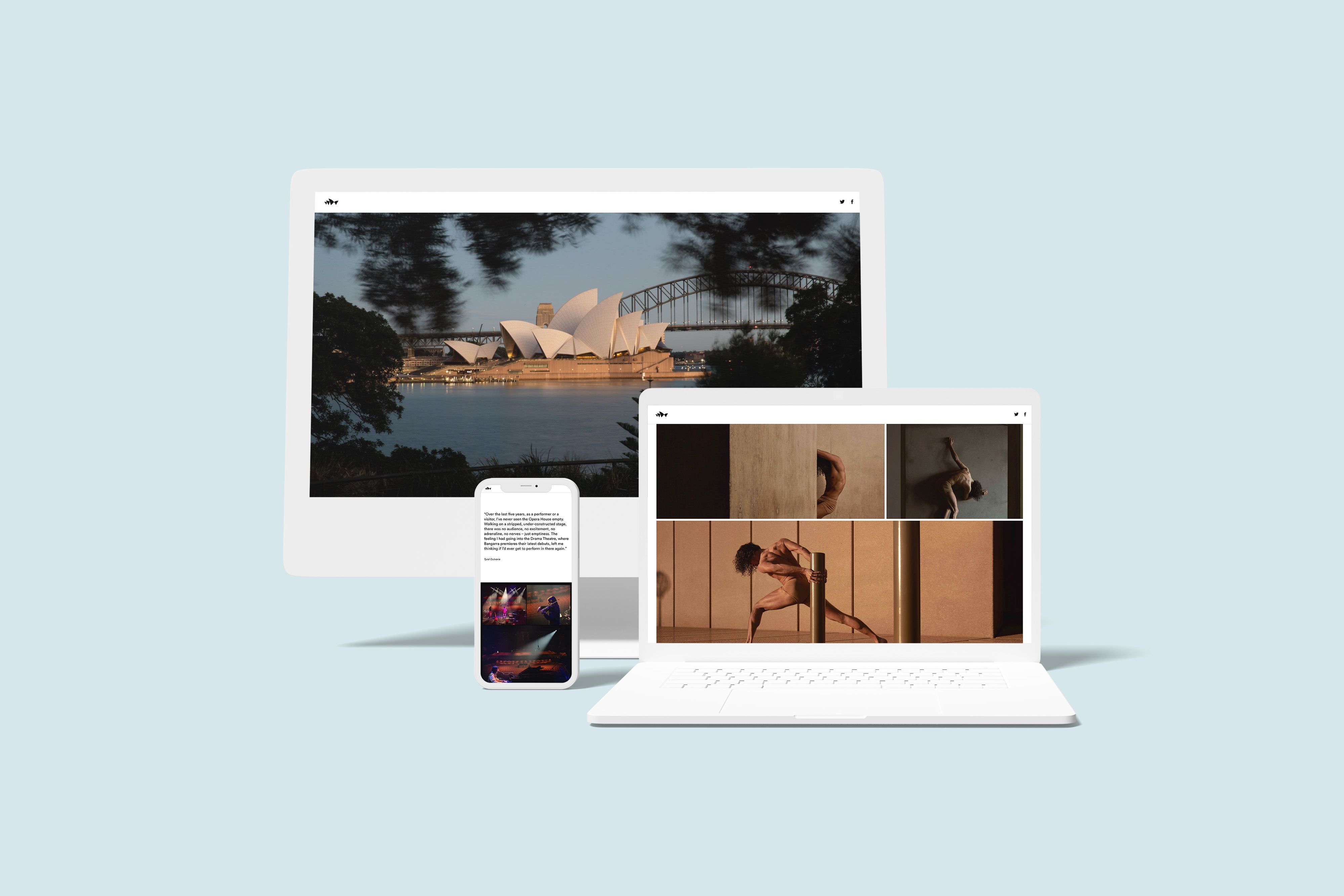
Gowling WLG: The road to a true new normal
One of the most popular types of brand narrative is explaining how your business can overcome a problem. It’s an opportunity to show expertise, originality and understanding.
Law firm Gowling WLG came up with a fun immersive idea to tell this story: a literal roadmap through the challenges of a post-pandemic world, with different issues illustrated as stops along the route. By speaking about a range of high-level issues, Gowling demonstrates its credentials as a major international firm.
But what really makes this story is the calls to action. Gowling invites readers to travel with them along the road, sharing their narrative of turning business disruption into opportunities.
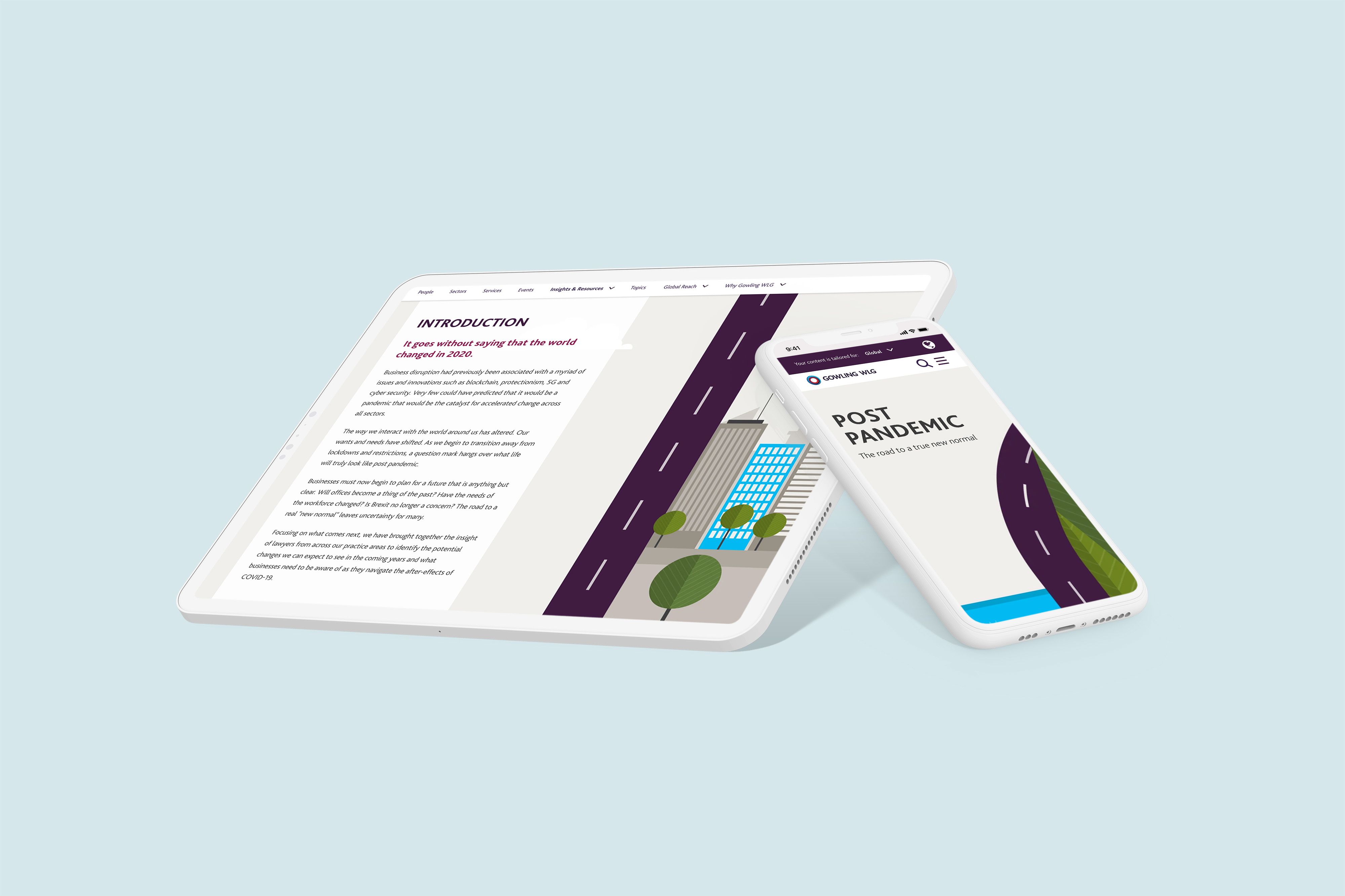
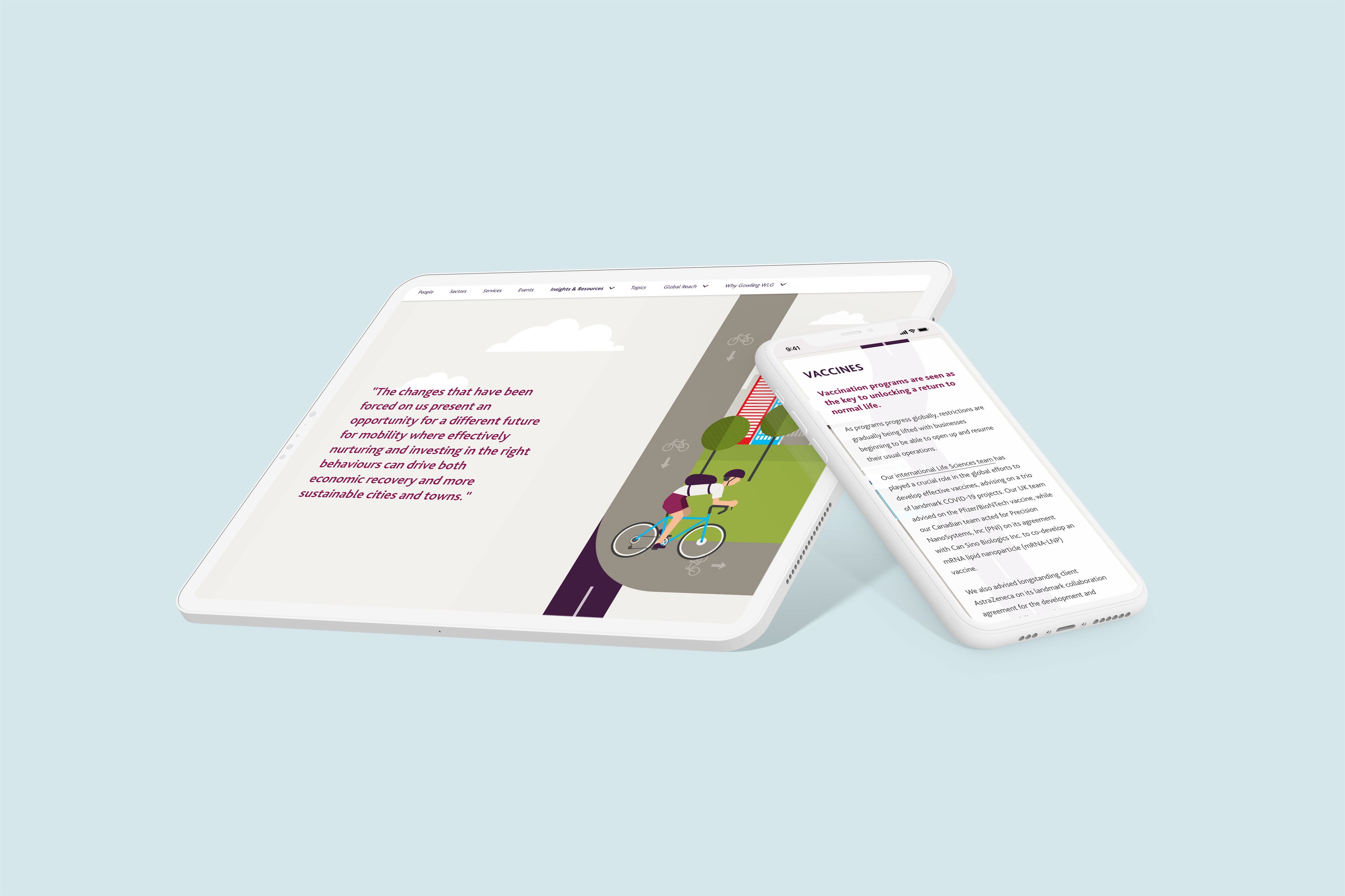
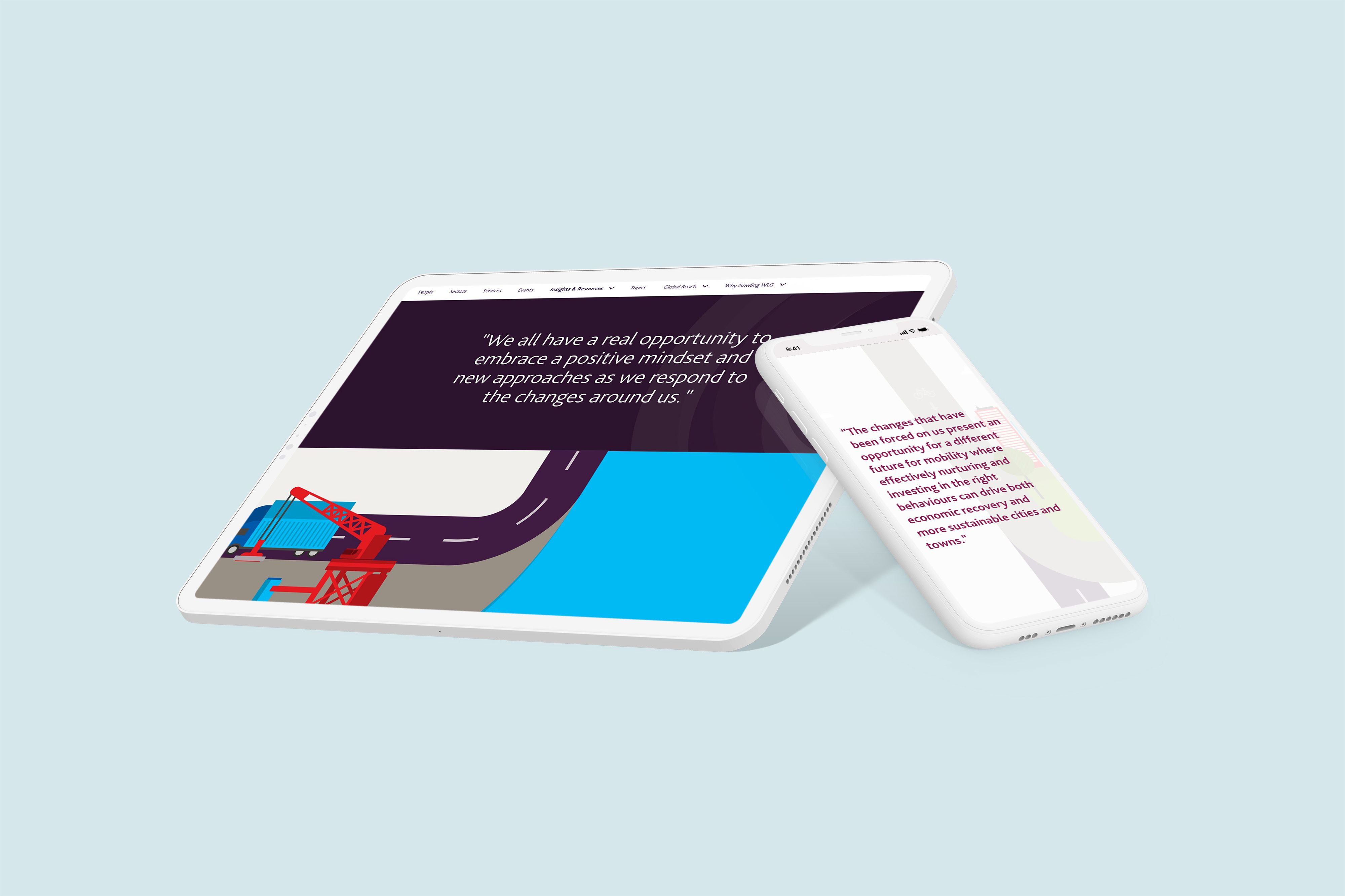
Twitch and Amazon Ads: A Marketer's Guide to Twitch
Twitch is one of the biggest new streaming platforms in recent years. Twitch creators earn money from donations, subscriptions and, increasingly, from ads. In this example of brand storytelling, Adweek partnered with Twitch and Amazon Ads on a sponsored feature..
This story is instantly immersive because of its design, replacing Adweek’s usual article layout with a dark mode theme, animated illustrations and GIFs. Readers are instantly plunged into the world of Twitch instead of reading about it from the outside.
The feature's content focuses on creators and their authentic stories. The video clips and photos show audience reactions to highlight the impact that Twitch has on its viewers.
For our money, Adweek sets the standard for immersive sponsored content. Explore more examples of its beautifully designed native ads in our gallery of sponsored content built with Shorthand.
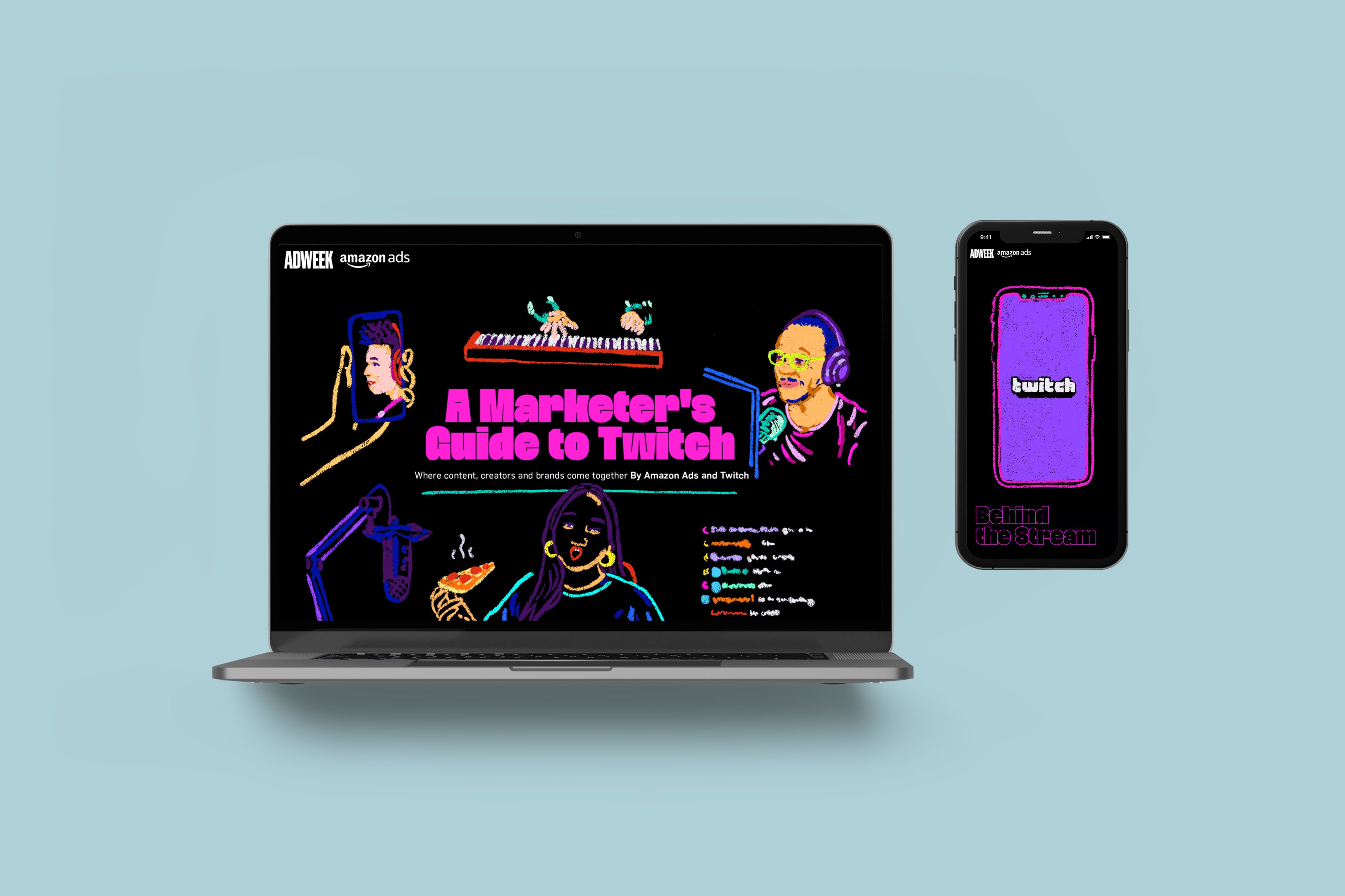
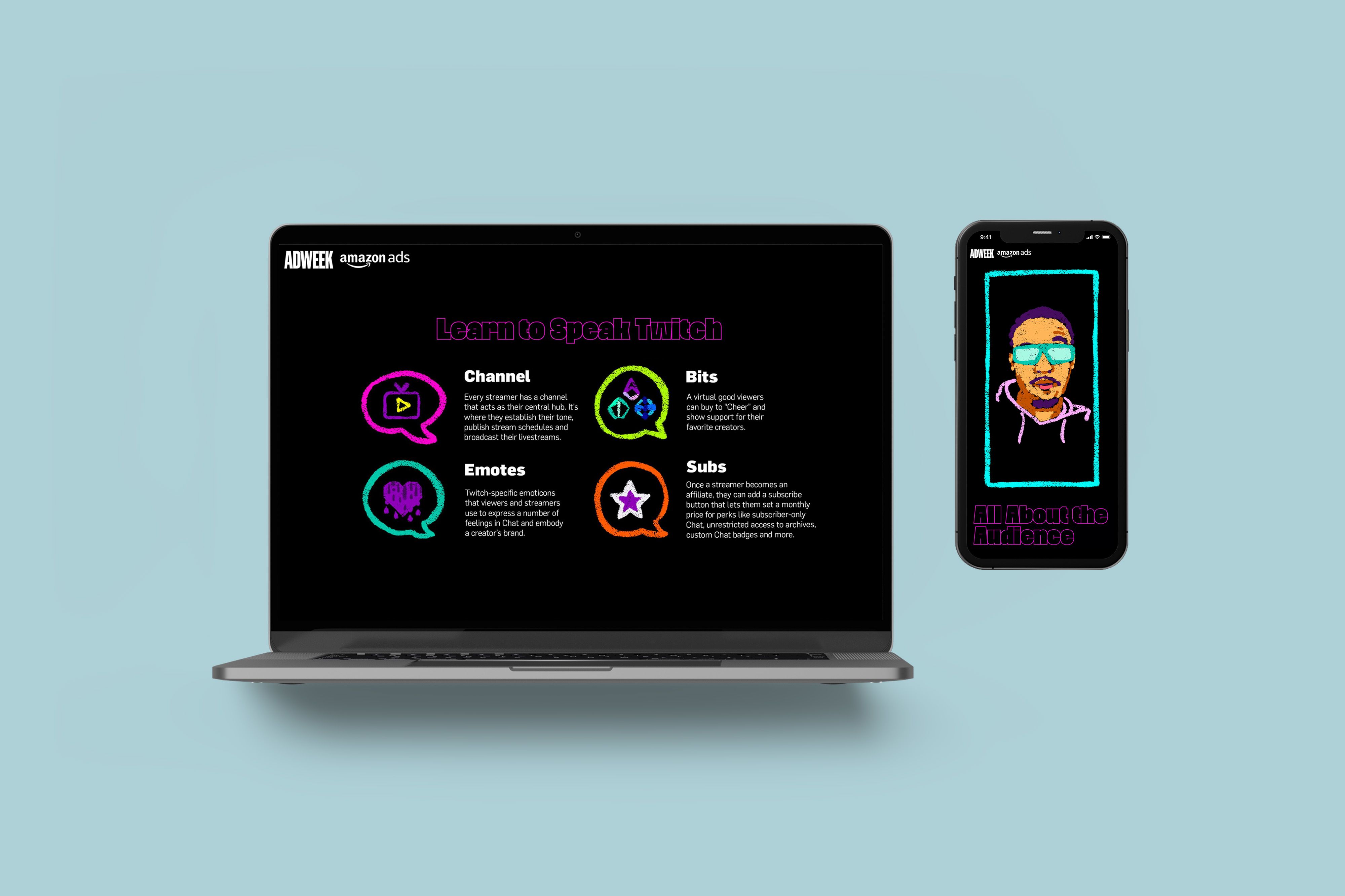

WaterAid: Climate whiplash
WaterAid has been working to improve access to water and sanitation for thirty years. Over time, their brand narrative has evolved. Today, it’s the story of how water shortages and climate change will soon affect all of us.
In this feature, photos are washed over with blue to represent rising water levels and red to show the threat of drought. Emotive photos and stories from real people bring the crisis home.
Finally, WaterAid puts readers in the narrative by asking them to share their own stories. This is an invitation to identify with the people already being supported by WaterAid — and to become part of the story.
See more compelling examples of owned media from nonprofits and NGOs in our Shorthand story showcase.
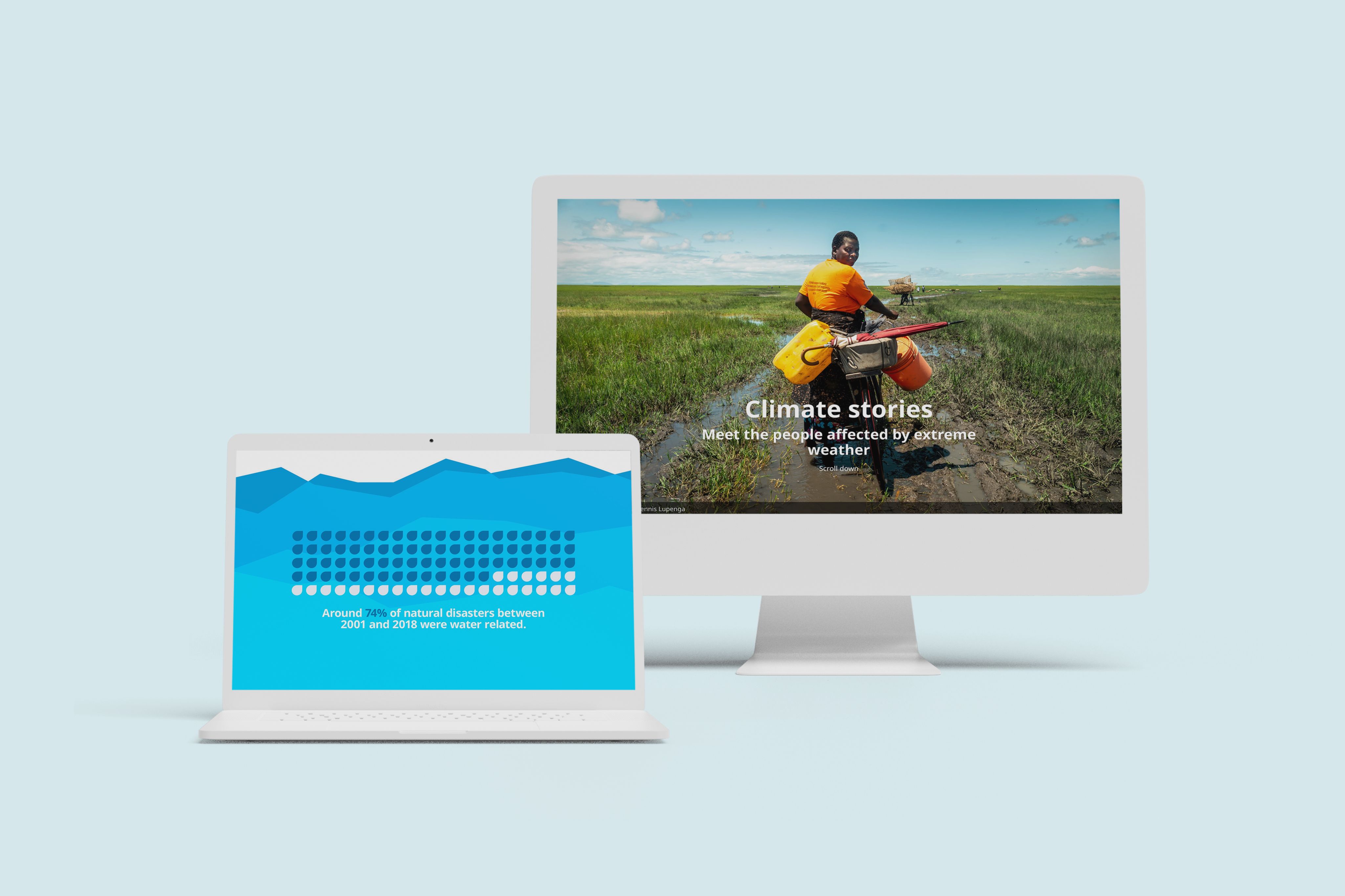
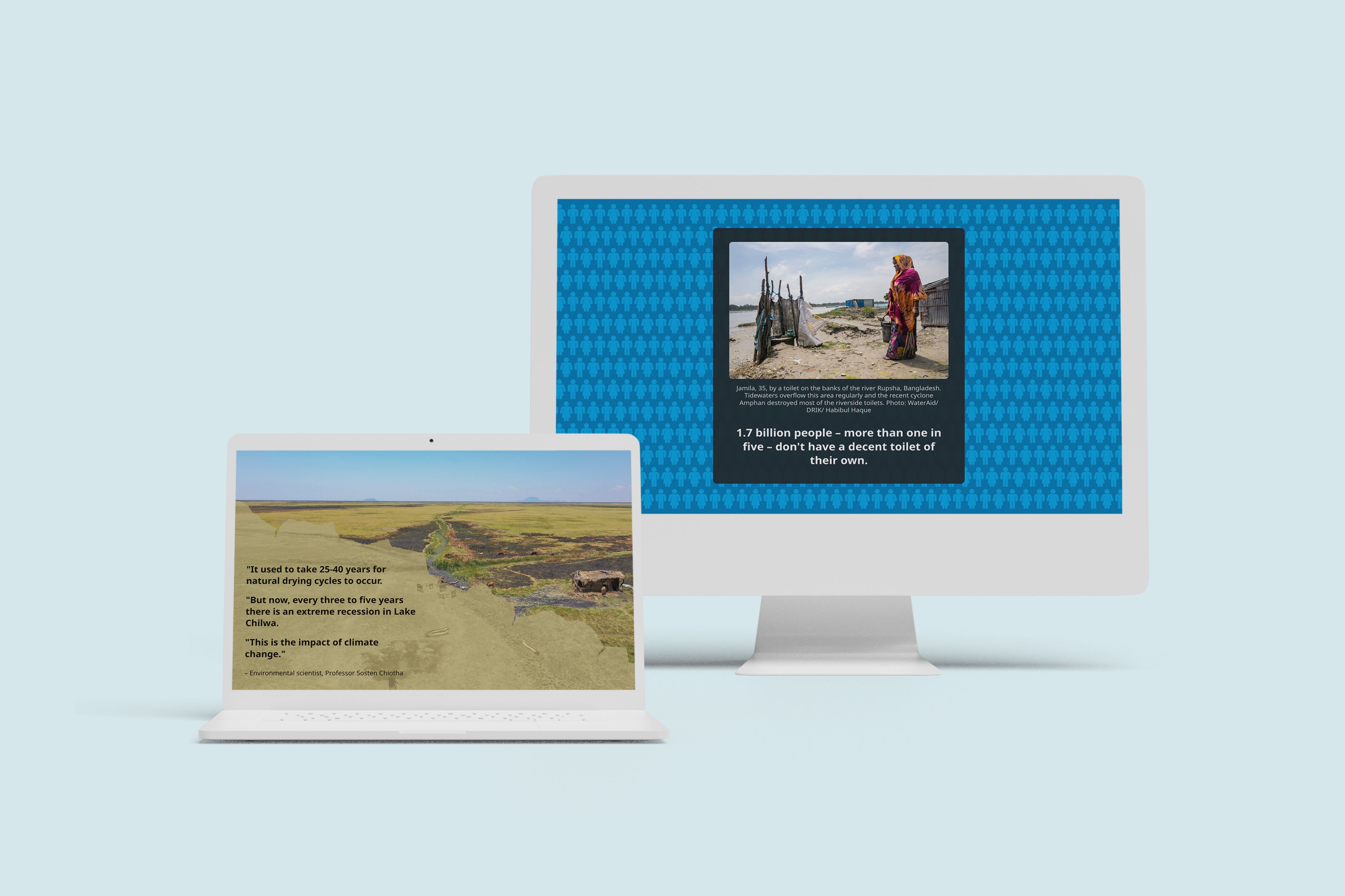
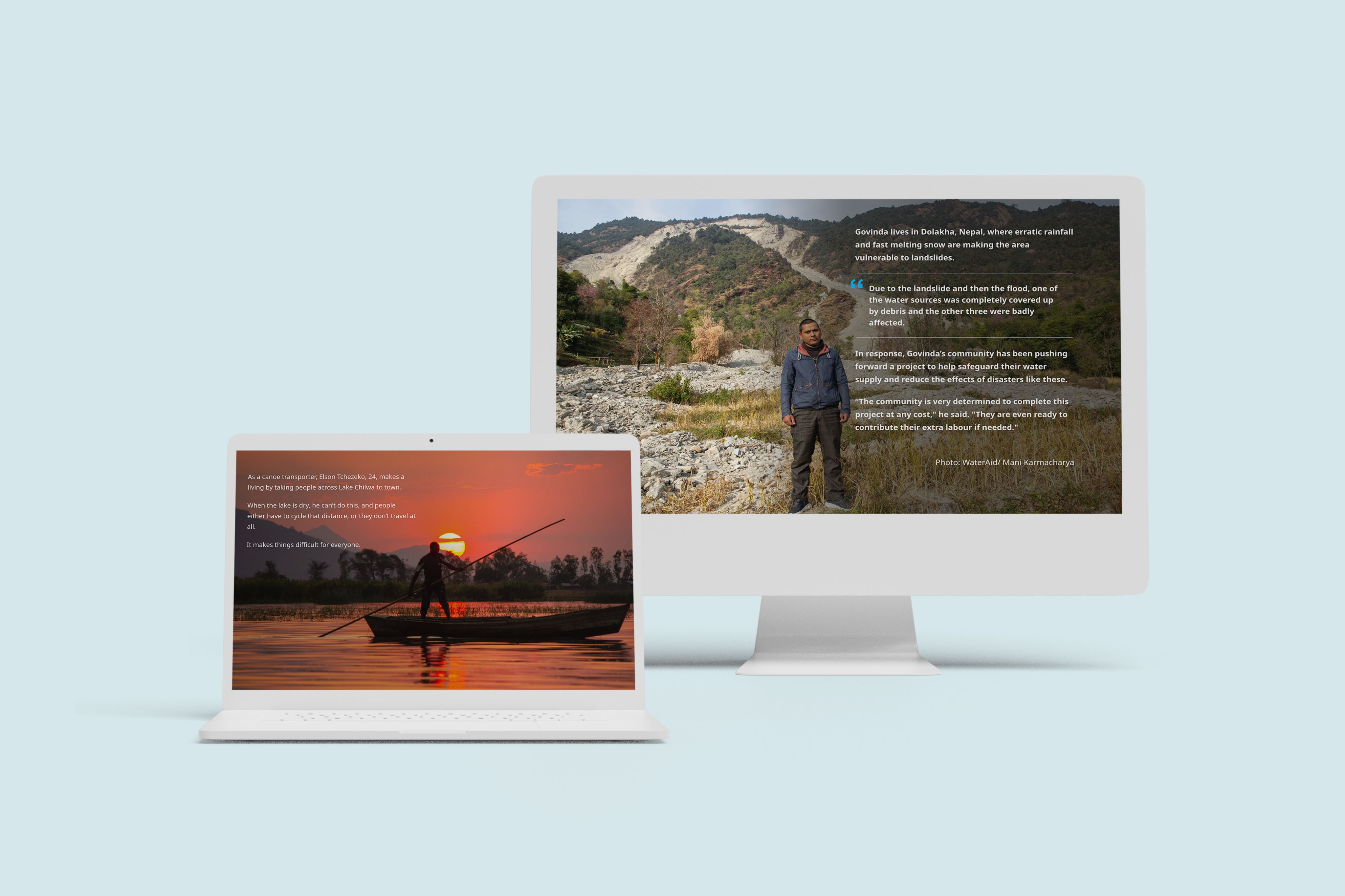
Opera Australia: Discover your 2022 Season
In this example, Opera Australia updates its season programme for a digital audience.
The programme features a mix of media, from production photos to video trailers and even a handwritten signature from the Artistic Director. But most crucially for an immersive piece of storytelling, it includes an emotional angle: heartfelt thanks from the Opera to everyone who supported it throughout the hard lockdown years of the COVID-19 pandemic.
This works in the context of the program, with its illustrated summaries of dramatic stories such as La Bohème, La Traviata and The Phantom of the Opera. The emotive language of the program implicitly invites us to see the pandemic as its own tragic story, where ordinary people took on the role of heroes.
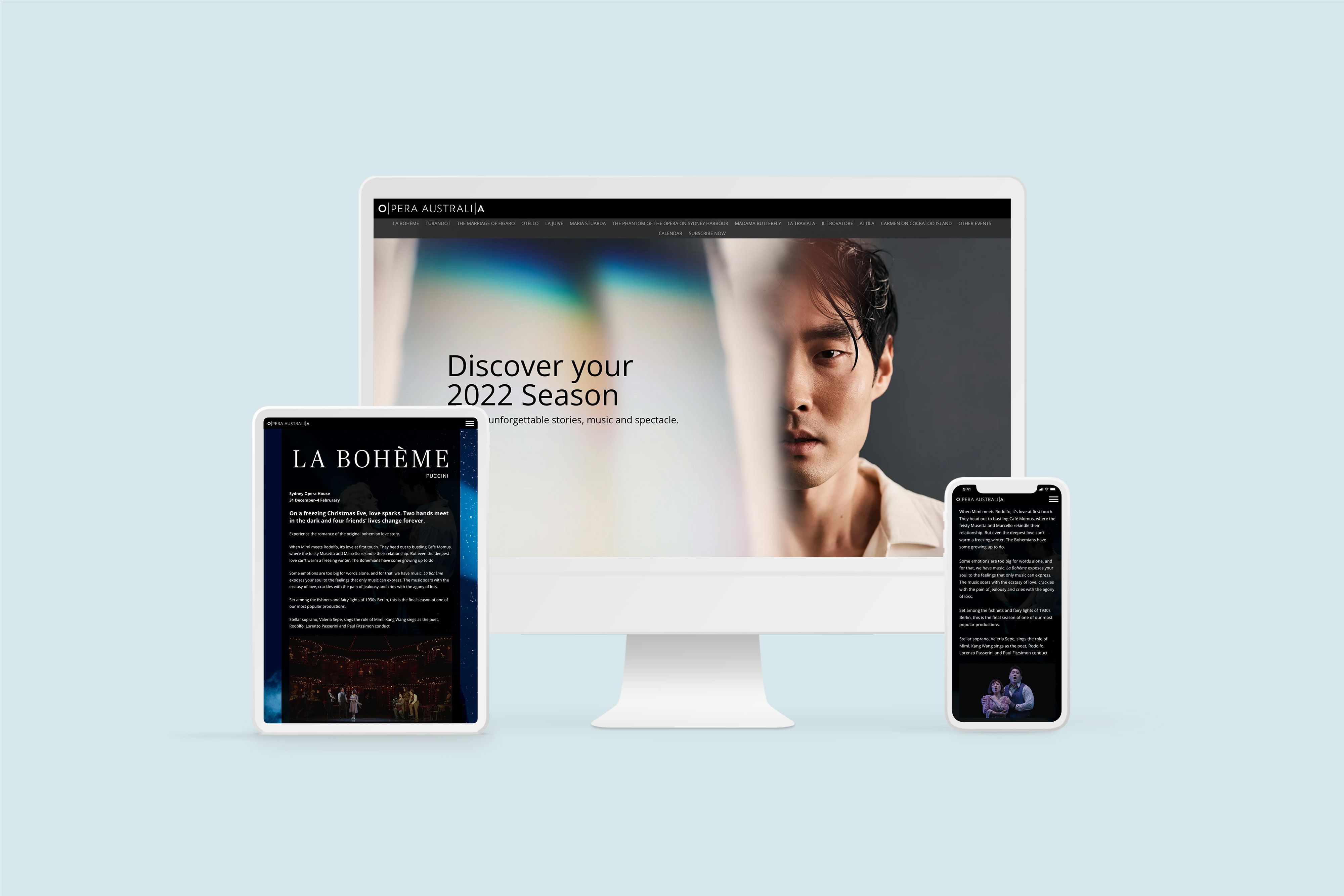
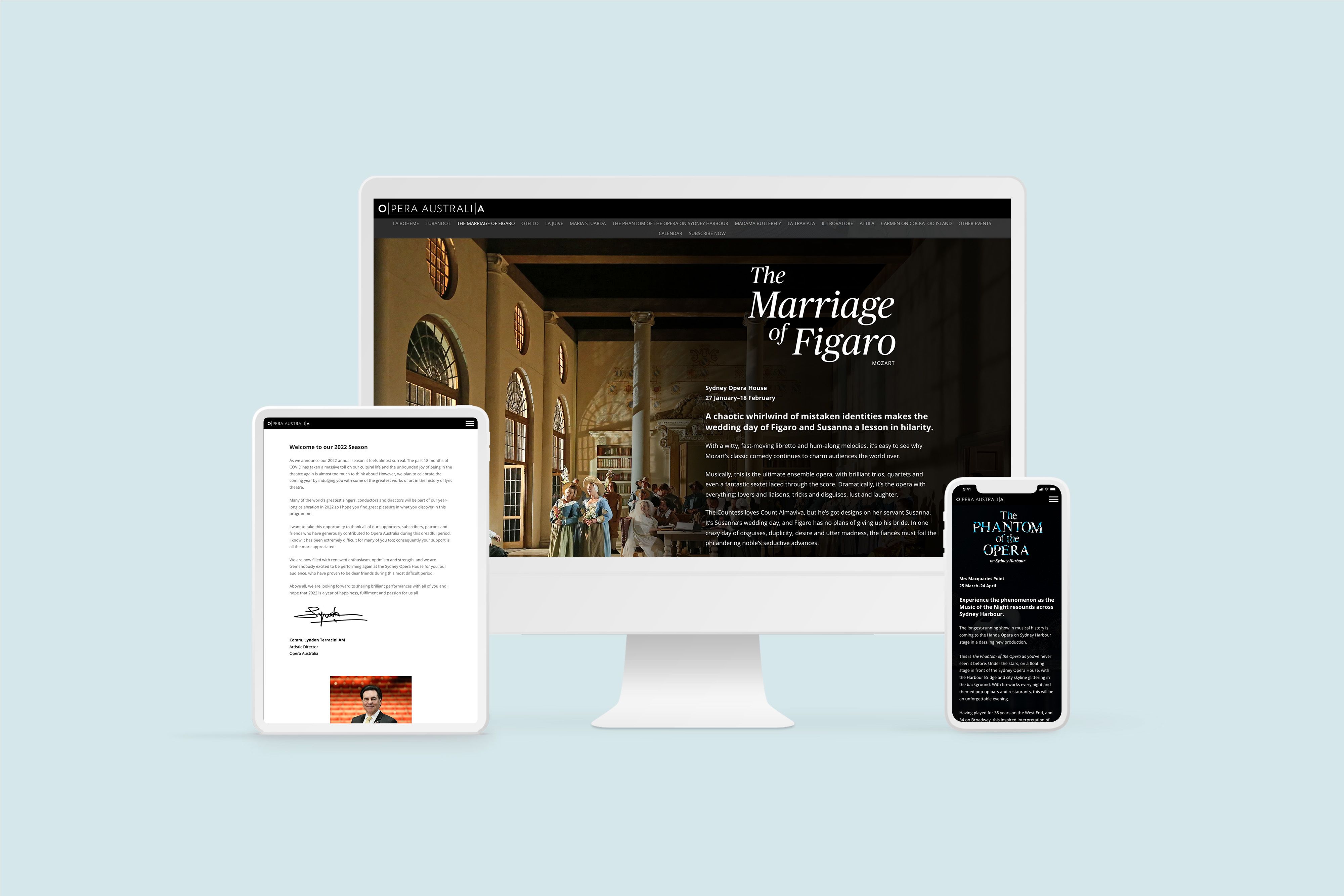
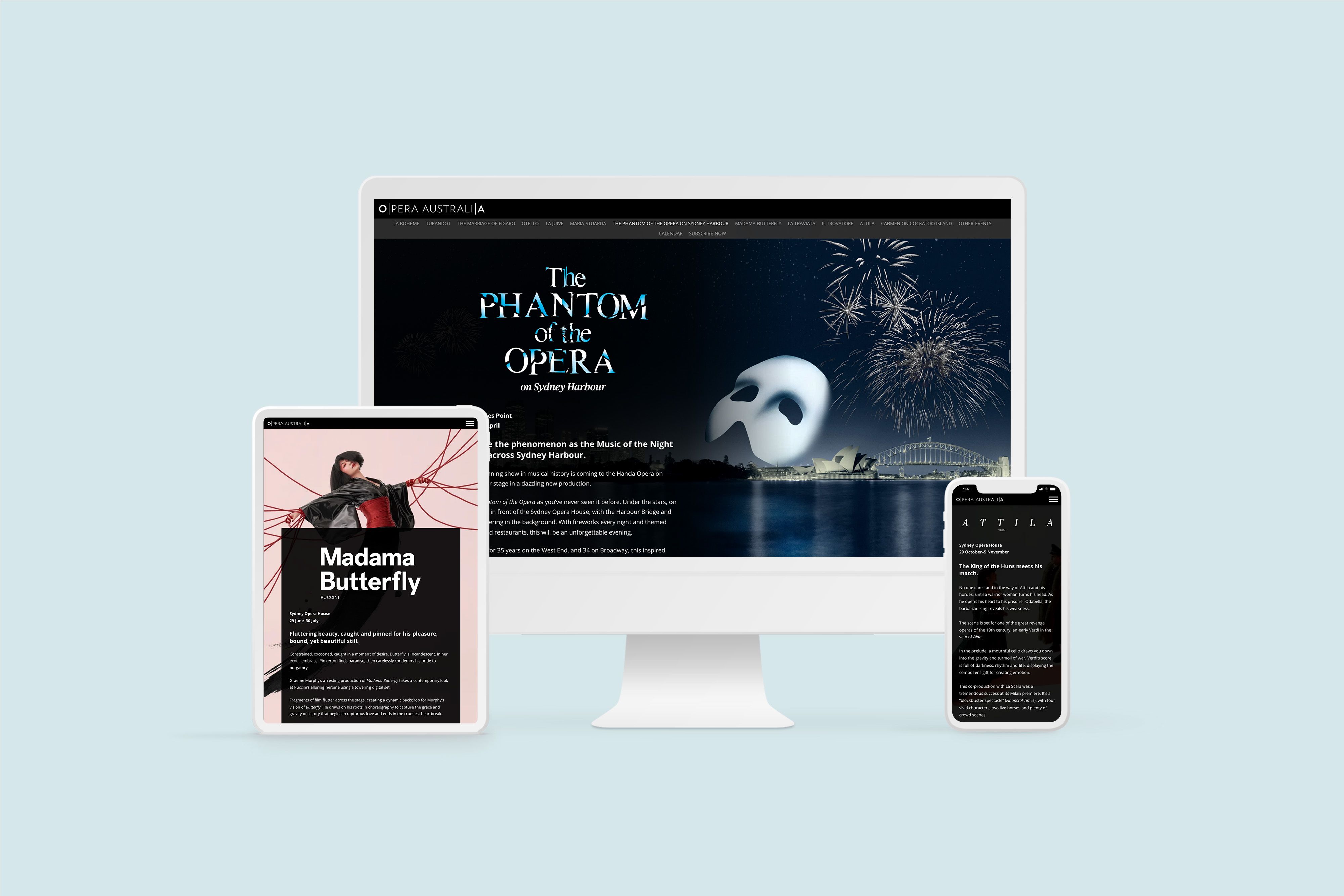
Ready to join more than 2,000 global brands creating compelling brand stories and owned media with Shorthand?
Create your free account.
No commitment and no credit card required.



